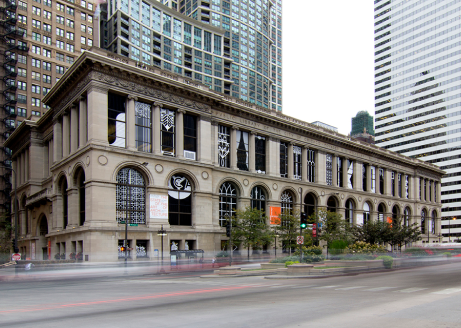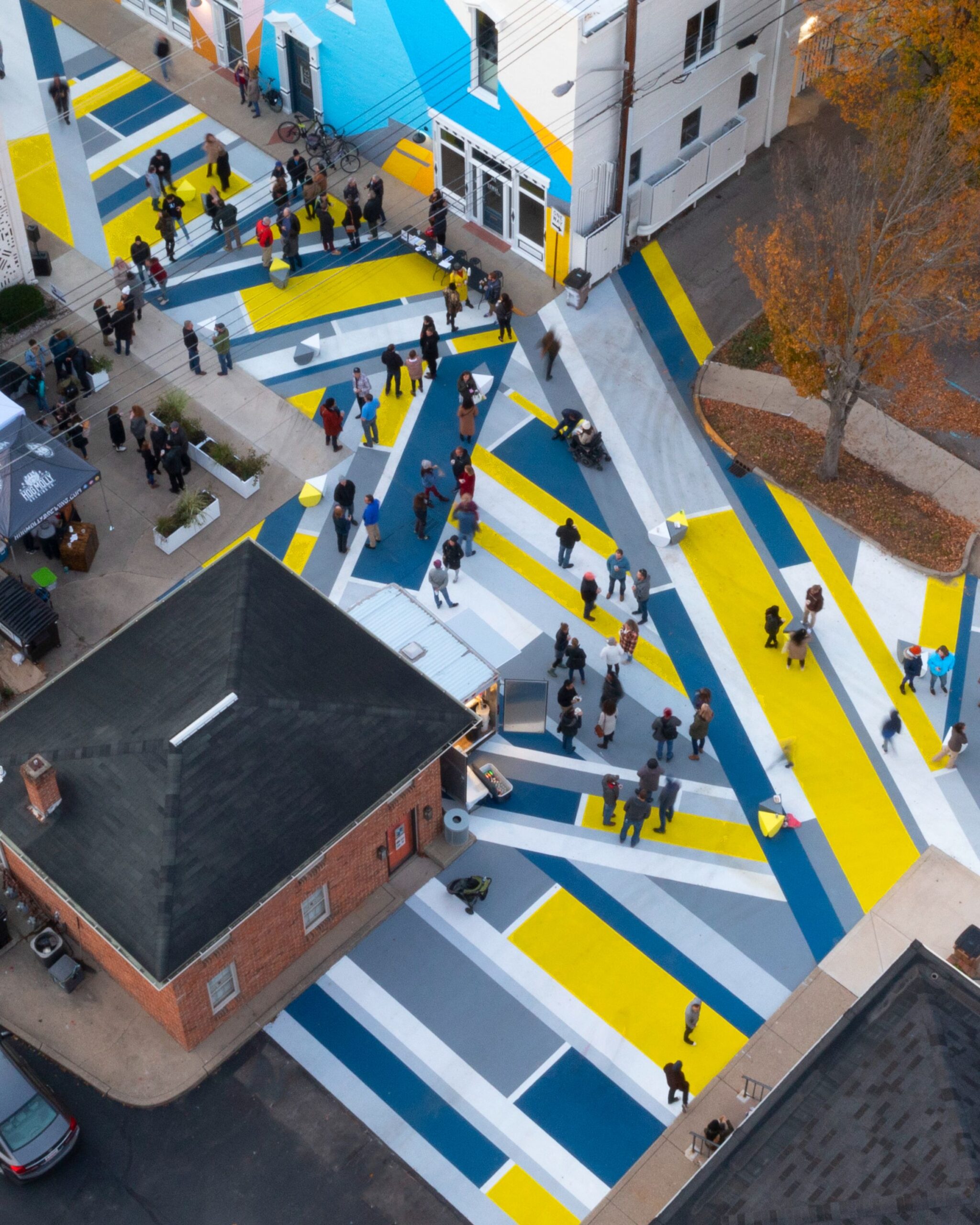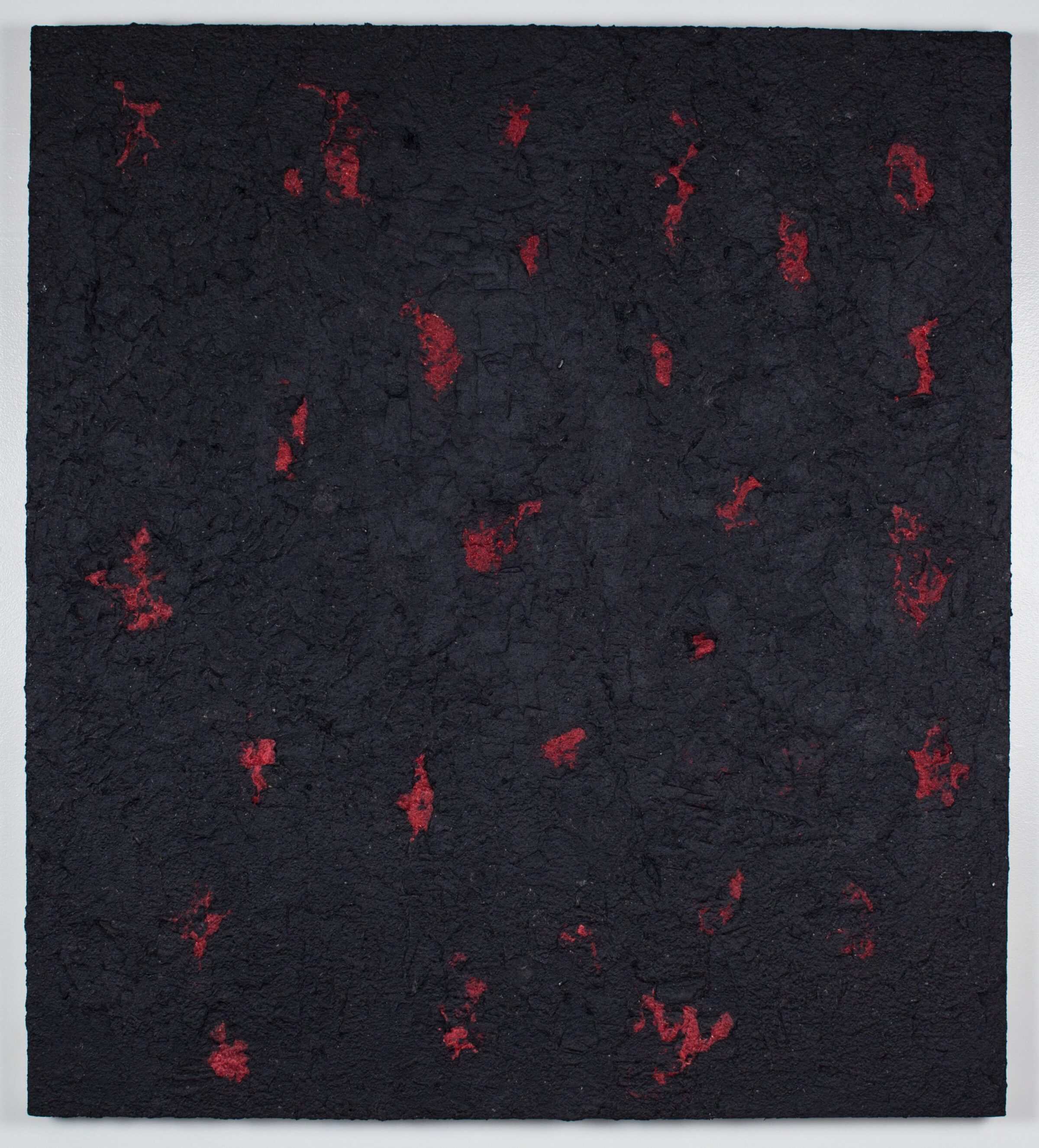Samuel Levi Jones, LAA Office, and Sam Van Aken
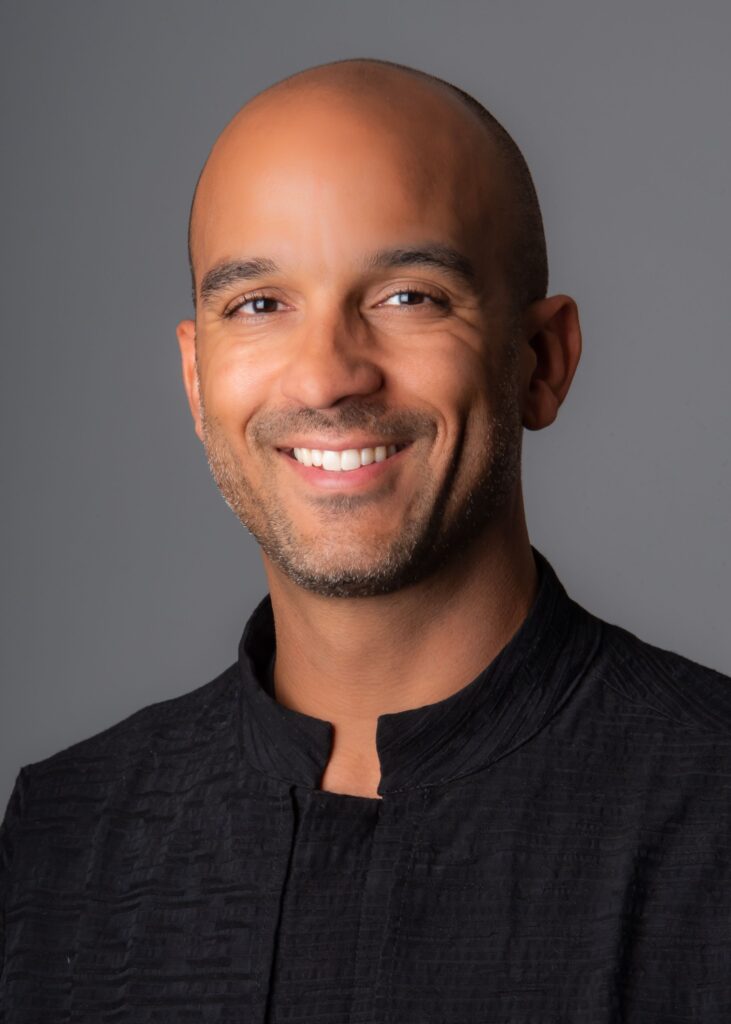
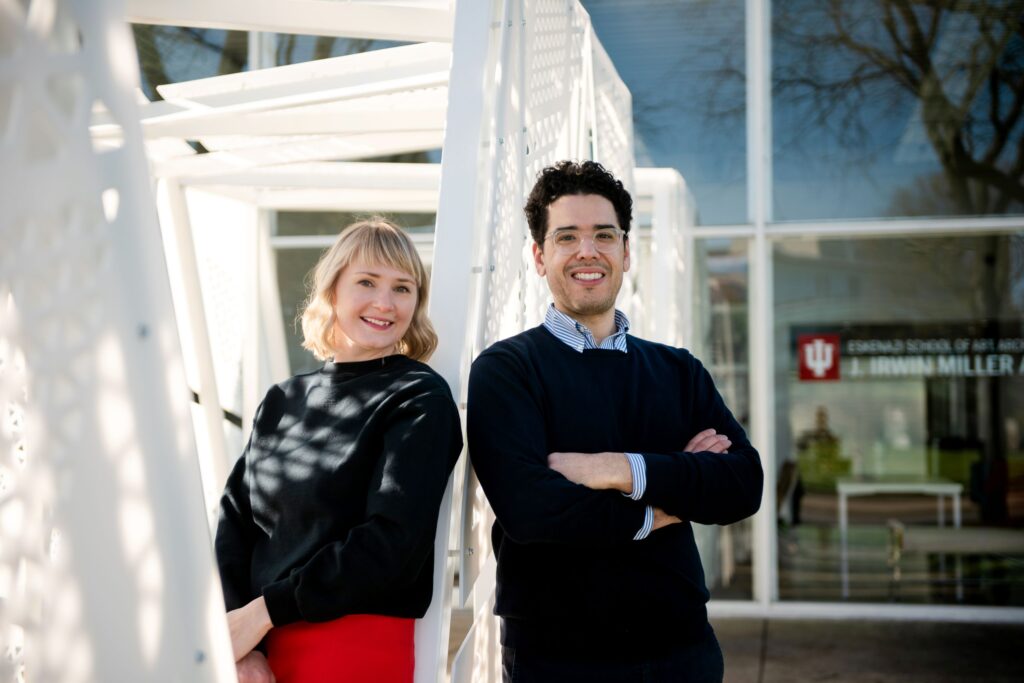
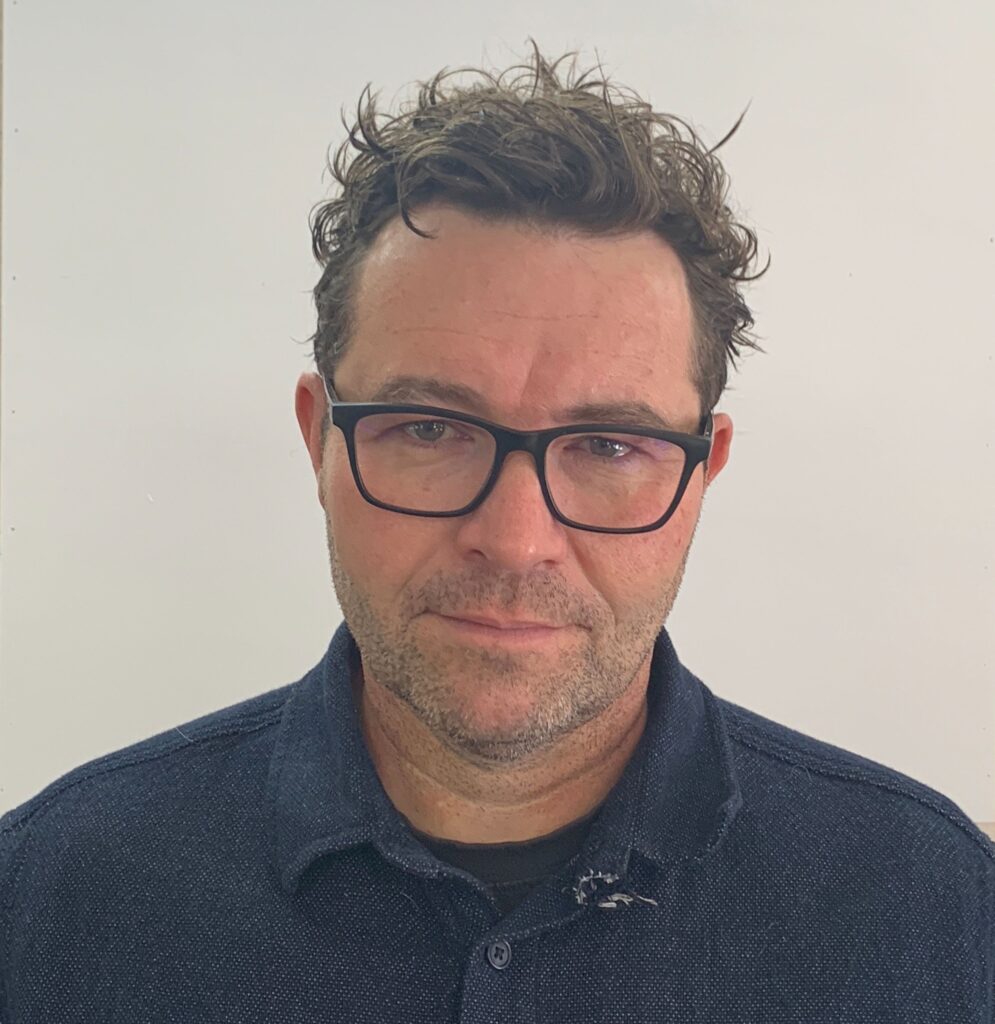
New York, United States and Indiana, United States
Samuel Levi Jones’ work is informed by historical source material and early modes of representation in documentary practice. He explores the framing of power structures and struggles between exclusion and equality by desecrating historical material, then re-imagining new works. Jones investigates issues of manipulation and the rejection of control in a broad sense. He is the recipient of the 2014 Joyce Alexander Wein Artist Prize from the Studio Museum Harlem, and his work is in prominent private and public collections including the San Francisco Museum of Modern Art, Rubell Family Collection (Miami), Los Angeles County Museum of Art, the de Young Museum (San Francisco), and the Whitney Museum of American Art. Currently, his practice is based in Indianapolis, Indiana. Jones was born and raised in Marion, Indiana, trained as a photographer and multidisciplinary artist, and earned his MFA in studio art from Mills College in 2012.
LAA Office is a multidisciplinary design studio based in Columbus, Indiana that explores the territory between landscape, art, and architecture. The studio was co-founded in 2018 by Daniel Luis Martinez and Lulu Loquidis. Martinez is an architectural designer, educator, and writer whose research investigates the transformation of undervalued sites through a synthesis of public art and public space design. He is an assistant professor at Indiana University’s J. Irwin Miller Architecture Program, participated in Art Omi’s Architecture Residency in 2022, was an Exhibit Columbus University Design Research Fellow in 2019, and received an AIA Henry Adams Medal in 2012. His writing has been published in Mas Context, San Rocco, Clog, Drawing Matter, and The Nation. Loquidis is a landscape architect who has built a diverse portfolio that includes gardens, streetscapes, urban plazas, waterfront parks, and resiliency infrastructure. She believes that contemporary landscape architecture establishes a crucial hinge between the environment, art, and human culture. Her current work focuses on using public art and landscape design to foster social life and enliven communities.
Sam Van Aken’s artwork bridges traditional and innovative modes of art making, developing artistic genres to create new perspectives on such themes as agriculture, botany, climatology, and communication. Van Aken’s interventions in the natural and public realm are seen as metaphors that serve as the basis for narrative, sites of place making, and in some cases have even become the basis of scientific research. Van Aken studied art and communication theory in undergraduate school and received an MFA from the University of North Carolina at Chapel Hill. He has exhibited both nationally and internationally, and has received numerous honors, including a Joan Mitchell Foundation Award, Association of International Curator’s Award for Excellence, and a Creative Capital grant. Recently, his work has been presented as part of Nature-Cooper Hewitt Design Triennial, the World Economic Forum, the Seeds of Resistance exhibition at the Eli and Edythe Broad Art Museum at Michigan State, and New Earthworks exhibition at Arizona State University this past spring. Currently, he is currently the associate director of the School of Art and an associate professor at Syracuse University.
CAB 5 Contribution
Project Overview
Making a Garden of Strange Fruit
On the evening of August 7, 1930, a mob lynched J. Thomas Shipp, Abraham S. Smith, and James Cameron on the lawn of the Grant County Courthouse in Marion, Indiana. Shipp and Smith died, while Cameron narrowly escaped. The men had been accused of murdering Claude Deeter but were denied due legal process because of the color of their skin. A lurid photograph of this tragic event was published nationally and inspired Abel Meeropol’s poem “Bitter Fruit.” Famously recorded as “Strange Fruit” in 1939 by Billie Holiday, it would become an iconic anthem that galvanized many in their push for Civil Rights reform. Dr. James Cameron would go on to become a life-long activist and founder of America’s Black Holocaust Museum in Milwaukee.
The events of 1930 created a scar in Marion’s identity that never truly healed. In 2022, artist and Marion native Samuel Levi Jones proposed a collaborative design project with LAA Office to create a place of remembrance near the historic lynching site. Working with community leaders, the team hopes to reframe Marion’s legacy through an act of spatial reconciliation that promotes equity and cross-cultural understanding. The garden and plaza will feature a diaphanous enclosure based on artworks by Samuel Levi Jones and a special “tree of strange fruit” commissioned from artist Sam Van Aken. For CAB 5, a one-to-one mockup of the project’s garden wall acts as an armature to tell the story of this multidisciplinary collaboration.
With support from Efroymson Family Fund and Indiana University Eskenazi School of Art, Architecture + Design
Venue
View moreChicago Cultural Center
Address
78 East Washington Street, Chicago, IL
Neighborhood
The Loop
Description
The Chicago Cultural Center serves as one of the main exhibition venue sites for CAB 5, featuring projects from more than 80 participants from ten countries.
Opened in 1897, the Chicago Cultural Center is a Chicago landmark building operated by the Chicago Department of Cultural Affairs and Special Events and is home to free cultural exhibits and programming year-round.
